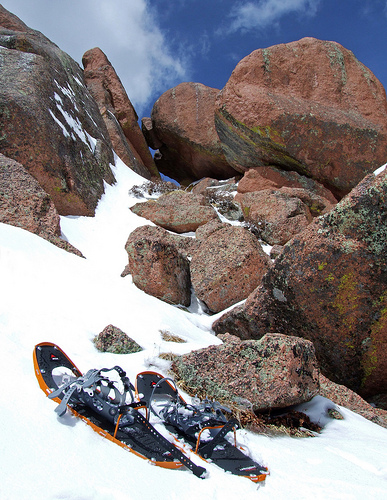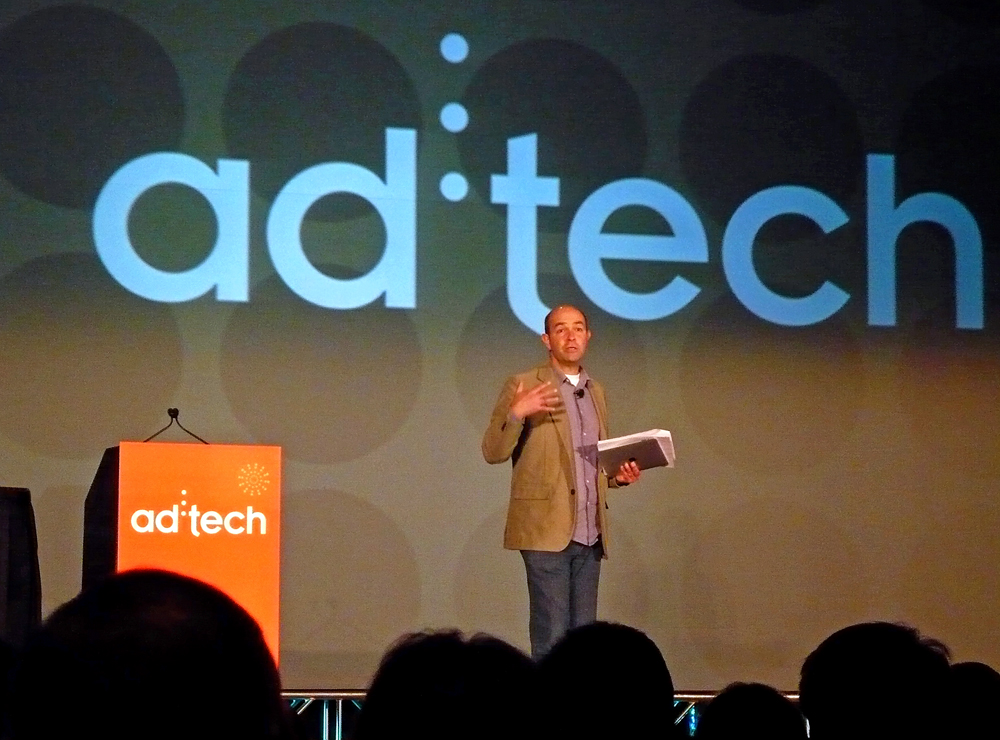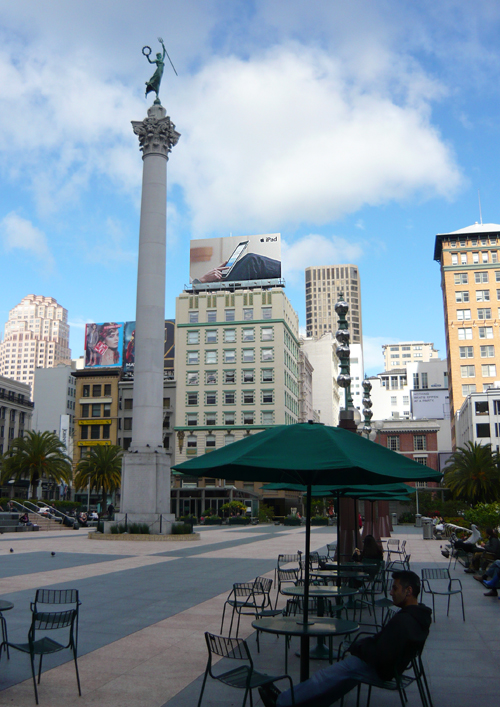Rich Karlgaard, publisher of Forbes and writer of its Digital Rules column, recently wrote about the “weak and uneven” economic recovery.
In doing so, he identified seven principles on which the companies that have succeeded throughout tend to excel:
- design
- speed
- cost
- external communication
- internal communication
- purpose
Each was well-illustrated with examples of companies succeeding by excelling in that aspect of business performance.

Motivational poster-style image representing "Purpose" grabbed from my Flickr photo stream so I'd have a colorful image in this post
The last one – purpose – really caught my interest because he highlighted thoughts of a guy I’d not read before – Simon Sinek.
The very best companies know why they do what they do. They have a purpose – a reason for existence that transcends profit. Driven by purpose, they create a movement and consequently get the most discerning and loyal customers. In today’s crowded global marketplace customers ‘don’t buy what you do,’ says Sinek. ‘They buy why you do it.’
This idea has fascinated me for a while and represents the most fundamental step in building strategy. It seems so obvious and so simple, but it’s often overlooked and infrequently re-visited. More often, we’re thinking and acting farther down the line at the tactical level.
Sinek’s “Start With Why” philosophy, of course packaged and sold as a book, isn’t revolutionary. But the message is always timely and he gives it a fresh spin.
I’ll also add that I gave Sinek a “Like” on Facebook and will soon have motivational musings popping up in my News Feed. Examples:
- The difference between those who do and those who don’t is that they don’t believe it when they are told they can’t.
- Assumptions can be dangerous because our behaviors are governed by our assumptions.
- Those who lead are the ones who can clearly communicate their vision and those who can clearly communicate their vision are the ones who lead.
- Leaders don’t complain about what’s not working, they celebrate what is working and work to amplify it.
Feels self-helpy, but I appreciate positive ideas communicated in well-crafted form.
A couple links:
Karlgaard’s Recovery’s Seven Secrets
Sinek’s “Start With Why” site, including video of his great TED speech








